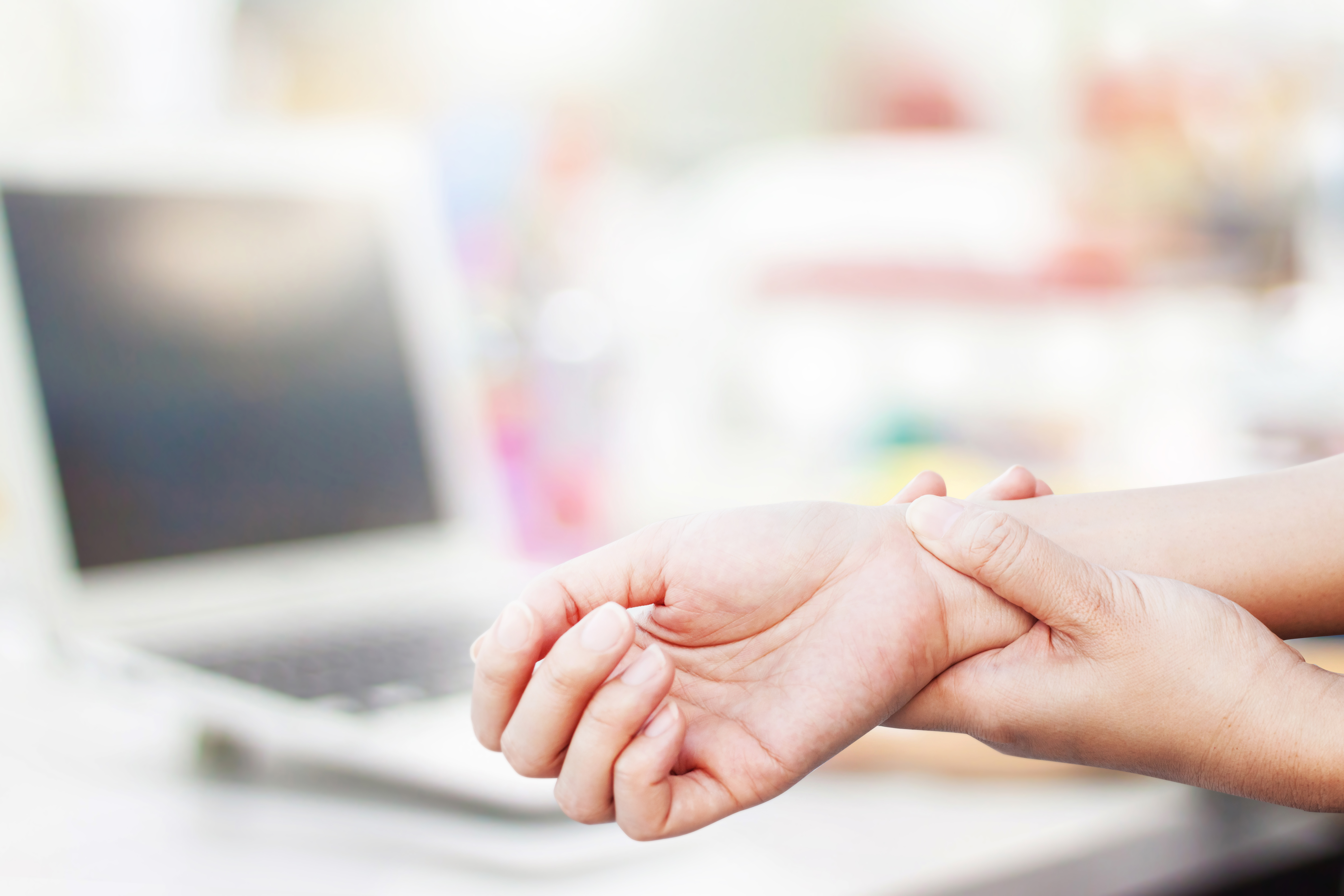We live in a society that rewards hard work with mantras like “No Pain. No Gain.”, but what happens when the pain leaves you in a state where just getting out of bed is too difficult? Or typing is unbearable? Even holding the steering wheel to get to work seems impossible? This is the reality for millions of hard-working people around the world. It is such a huge problem that individuals are losing thousands of dollars from lost wages from taking sick days, getting fired, and in too much pain to quickly find the next job. Companies also lose some of their best and most hardworking employees to due pain.
The workers that do remain are often just pushing through the pain and popping pills to just help them get through the day. This pain crisis and the opioid epidemic is not just affecting those in tough manual labor such as construction workers and assembly line workers. It is also impacting those typing away at desks, nurses walking and standing all day, and many more.
I never imagined that I would be so involved and motivated to help people that work with pain, but I saw the impact on a life of hard work culminating in pain. My mom was 60 when she retired with excruciating carpal tunnel and elbow pain from years of working as a hairdresser. She could barely grab a pen and was unable to fully extend her arm. It was devastating to see someone that gave it her all to build a better future for her family end up this way.
I kept reading in the news how many people were addicted to painkillers and I knew this wasn’t what I wanted for my mom. I researched and connected with doctors to understand what could be done. Here is what I learned and have made it my mission to help others like my mom.
1) Use Breaks to Stretch – Often times, we either skip breaks, use them to grab a cup of coffee or talk with our coworkers. These breaks should be used to give your body mini chances to reset and release muscles. If your standing, sit and stretch your back, feet, shoulders. If you are typing stretch your hands, neck, and shoulders. Stretches are more important than you think.
2) Eat Low Inflammation Foods – What you eat may impact your level of energy, ability to sleep and even pain. Pain is sometimes the cause of nerves being chocked by inflammation. Cherries are great foods to eat that also have anti-inflammatory properties. You can also pick up great books on foods that heal.
3) Mindfulness Meditation – Pain often leads to depression and it is important to be in good spirits to fight off pain. Also, added stress can cause tension in the body that can increase pain. Studies have shown that mindfulness meditation can help reduce pain by up to 57%. *
4) Therapeutic Massage – Massage therapy can be a great way to reduce pain and inflammation. A well-trained massage therapist that specializes in pain relief can help with the all too common issues associated with carpal tunnel syndrome, bursitis, plantar fasciitis, sciatica. A massage doesn’t have to hurt for it to help, so the type of pressure can vary.**
5) Pain Relief Creams – These can be an alternative to taking pills and deliver nutrients to the body without irritating the liver. Most creams only temporarily numb the pain through menthol or capsaicin. However, these types of creams do not help with joint mobility which was my mom’s problem. Workvie is a careful blend of natural pain relieving and inflammation reducing ingredients that go beyond numbing.
It is also important to keep in mind that it is never too soon to begin to prevent pain. There is no “age” requirement for the onset of pain due to work. I often have to remind myself to do these steps because running a startup, being a mom, and all the other roles we play is not easy. Feel Better.
*https://www.psychologytoday.com/us/blog/mindfulness-in-frantic-world/201501/can-mindfulness-meditation-really-reduce-pain-and-suffering
**https://www.health.harvard.edu/alternative-and-complementary-medicine/therapeutic-massage-for-pain-relief


